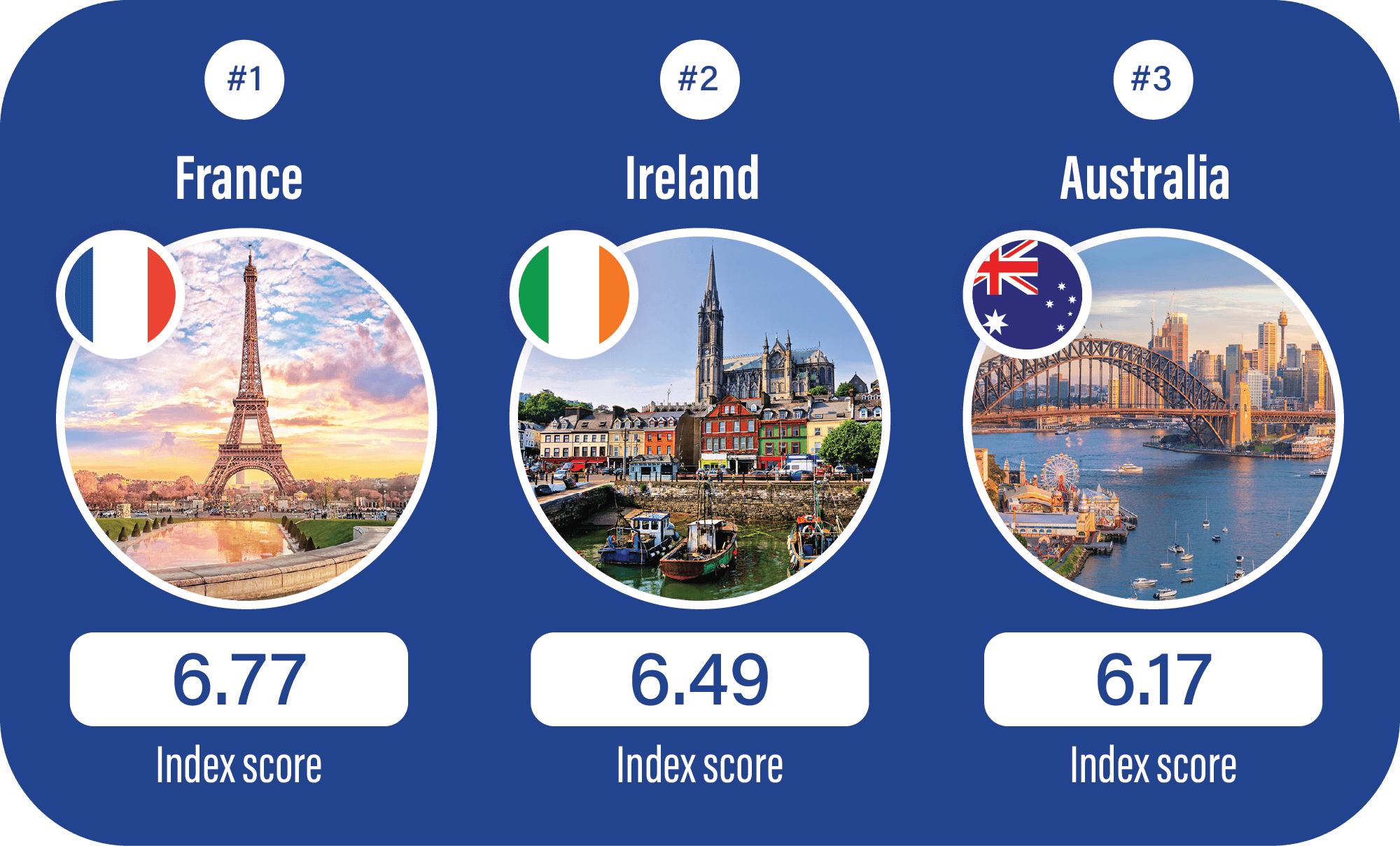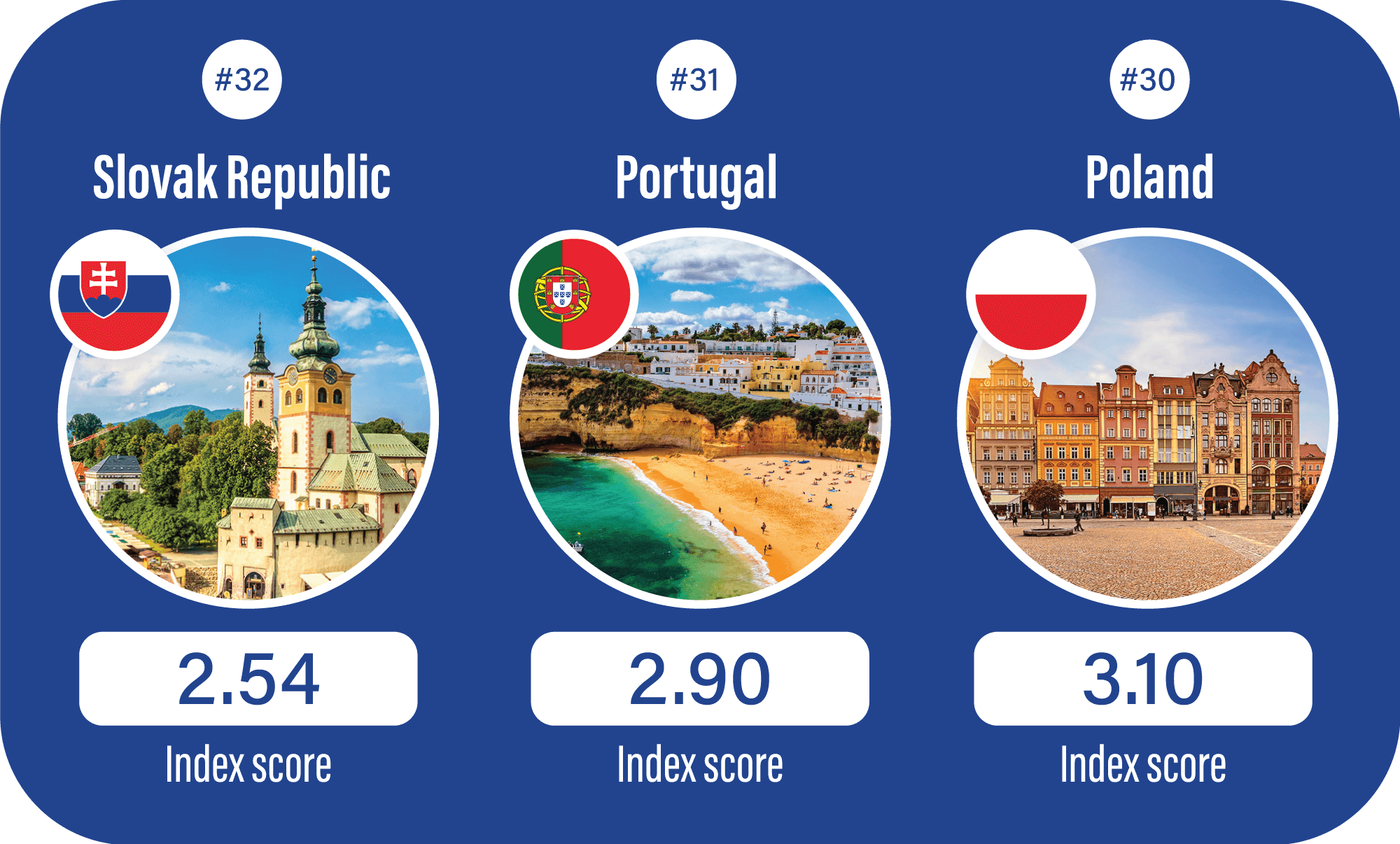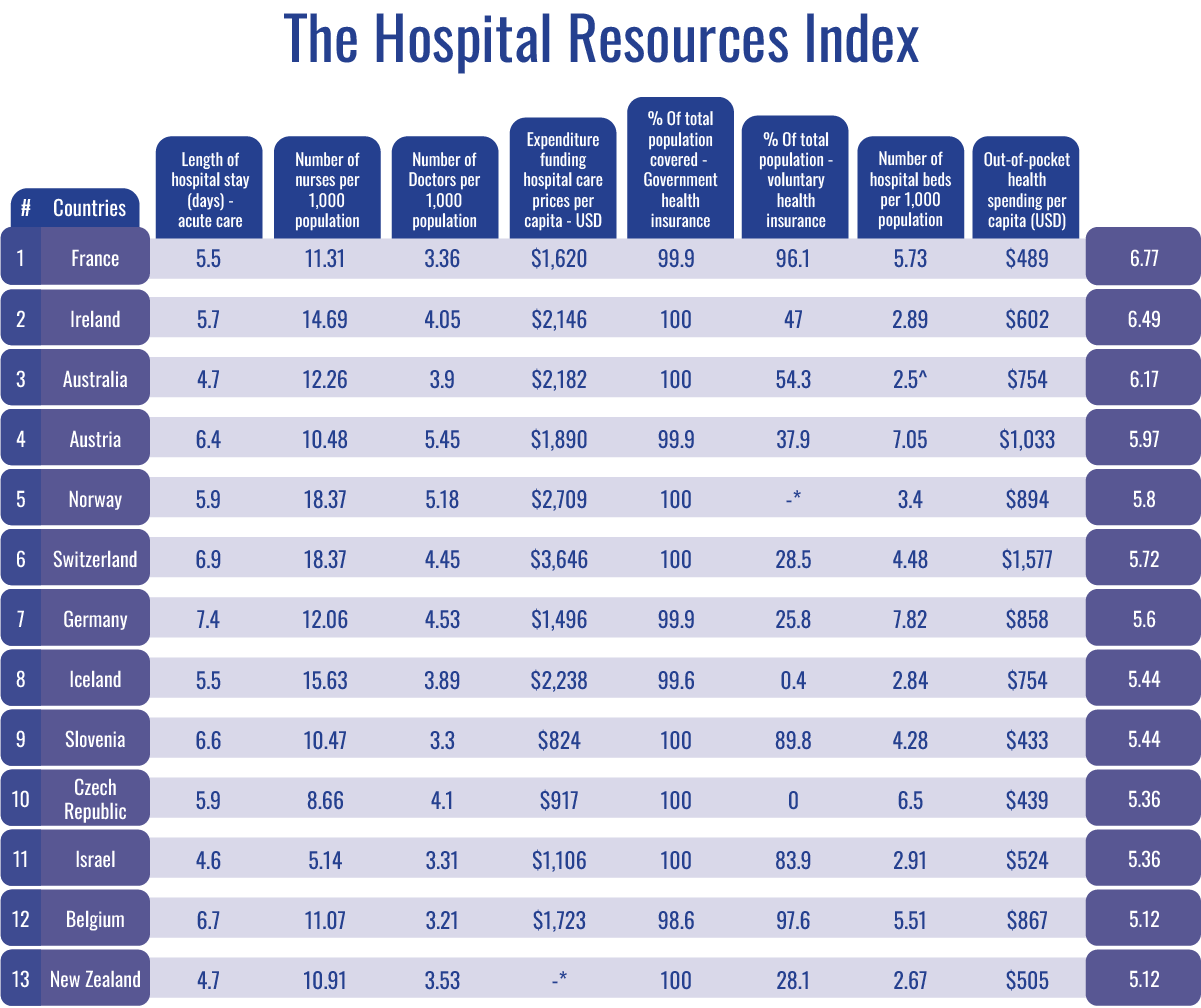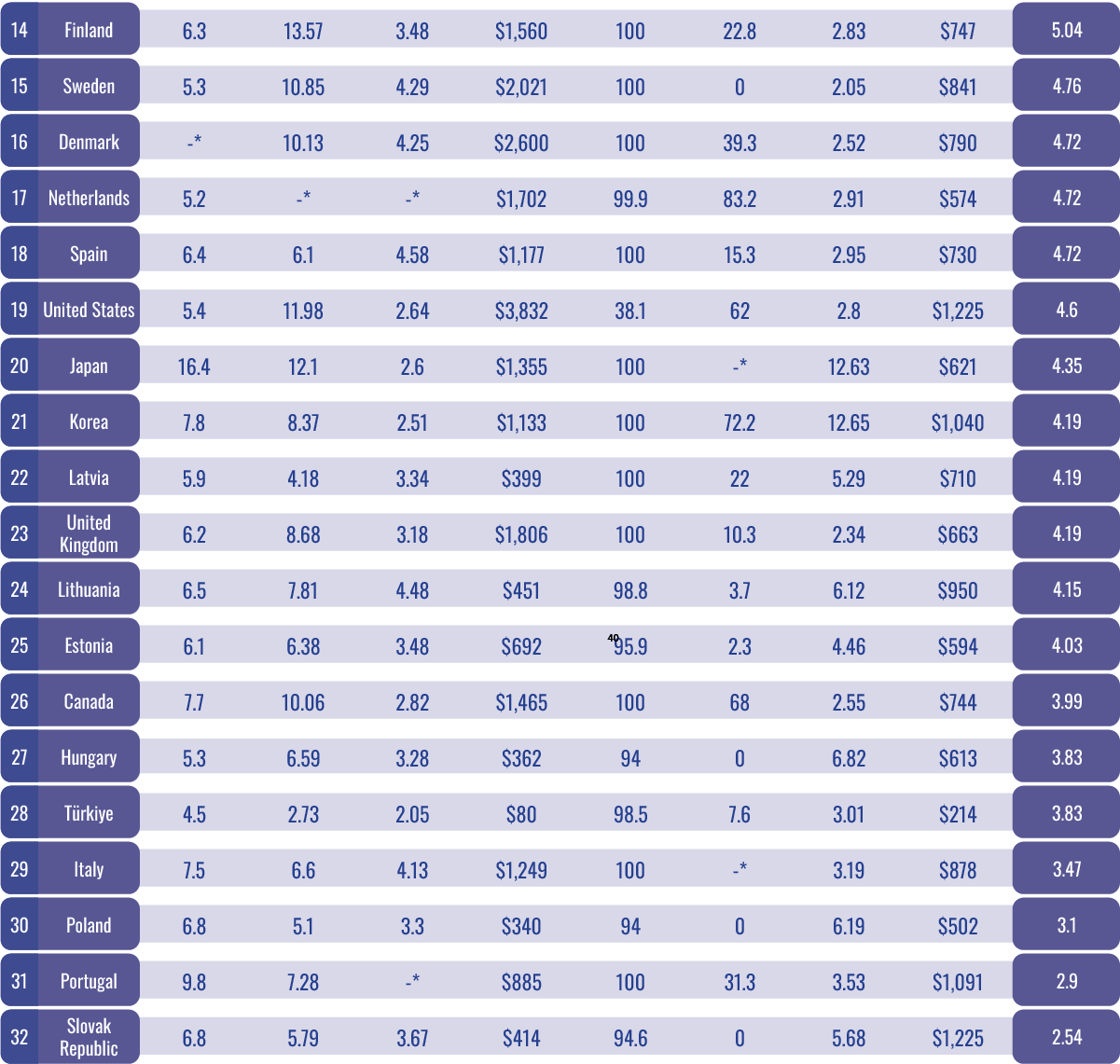The Burrow
It’s possible you’ll need to visit hospital at least once in your life, whether it’s for emergency care, childbirth, or a scheduled operation. While they’re not exactly known for being a picnic, there are a lot of factors that can influence how pleasant your recovery experience in hospital can be, and these vary across the world. One of the biggest elements is what hospital resources are available.
Whatever you may be in hospital for, it’s important to consider having private health insurance. In Australia in particular, a hospital policy can be incredibly beneficial in the event you require long-term medical recovery, given it can help cover the cost which can be exorbitant if it’s a long stay. It can also benefit patients by helping them avoid public waiting lists and allowing them the freedom to choose their doctor and recover in a private room (subject to availability).
In comparison, countries such as the USA or UK have similar health systems with a few key differences. For example, there is very little public healthcare in the USA, so its very common for people to purchase private health insurance, which is typically arranged through their employer. The UK has a public health system for all residents that covers hospital care, GP appointments and mental health. It is possible to get private health insurance, though the coverage available differs greatly to what’s available in Australia.
Having private health insurance is just one factor that can influence your recovery in hospital. Other major factors include hospital funding and the number of beds, doctors, and nurses available. The more medical professionals and facilities that are available, the more comfortable patients will likely be as they won’t have to wait as long for treatment.
To get a glimpse of which country might be the best resourced for hospital visits by patients, the health insurance experts at Compare the Market combined multiple OECD data sets regarding healthcare funding and resources for hospitals. The results were indexed based on all metrics such as the numbers of doctors and nurses, the number of beds, hospital funding, plus public healthcare and private healthcare coverage (all metrics are detailed in the methodology below).
Here are the countries that ranked on top.

France was ranked number one when it comes to a comfortable hospital stay, largely due to a high number of hospital beds, fair out-of-pocket expenses for patients and decent hospital care funding. While other countries may have excelled in some areas, they did poorly in others, which meant France’s consistent ‘better than average’ scores placed them at the top of our ranking.
Ireland ranked second in our index for hospital stays thanks to a really high number of nurses and doctors (in comparison to other countries on the list), hospital funding, and almost 50% of the population being covered by voluntary private health insurance. This is in addition to the public healthcare provided by the Irish Government.
The ‘lucky country’ takes the final place on our top-three podium for hospital recovery due to a high number of doctors and nurses, plus strong private health insurance coverage in addition to a public health system that covers 100% of the Australian population. What kept Australia from ranking higher was a lower number of hospital beds available and out-of-pocket expenses that were towards the higher end of all countries indexed.

The Slovak Republic was ranked at the bottom of our list of OECD countries. There were a few key factors that contributed to their low ranking – the European nation has a low number of nurses, small per capita hospital funding in comparison to other countries, and the second-highest healthcare fees for patients at US$1,225 (AU$1,813).
Just before Slovak Republic in our rankings is Portugal. Portugal had the third-longest average hospital stay for acute care, lower comparable hospital funding and higher out-of-pocket costs, with the fourth-highest fees at US$1,091 (AU$1,615). Portugal’s number of nurses per 1,000 people helped elevate their final ranking above the Slovak Republic.
In comparison to the other 31 countries in our index, Poland did not have good scores for several different metrics. They had a higher average length of hospital stay, lower number of nurses, lower hospital funding and do not have 100% public healthcare coverage. However, they have a higher number of hospital beds and lower costs to patients in comparison to many other nations.
The scores for all countries are displayed below:


The USA health system is often ridiculed and maligned as highly expensive for patients, and the OECD data doesn’t do anything to dispel the stereotype. The USA had the lowest population coverage for government healthcare at 38.10%, and the second-highest out-of-pocket healthcare expenses at US$1,225 (AU$1,813) on average (tying with Slovak Republic and just behind Switzerland which had the most expensive fees).
That said, the USA was not the lowest scoring country on the list. The average number of days in hospital, high number of nurses and high amount of hospital funding on a per capita basis helped position the USA well away from the bottom of the ranking.
When it comes to the level of care and resources available to you for a hospital stay, having private hospital insurance gives you more choice. In Australia, it helps you access a private room in a private hospital and choose your doctor subject to their availability.
Another benefit to having private hospital cover is that it helps you avoid public waiting lists for surgery, enabling you to access treatment sooner. Even in a nation with universal healthcare like Australia, taking out private health insurance can be an empowering choice when it comes to your health.
We collected the latest available data for eight different factors per country and then indexed these, providing a score between 1 and 10 for each data point. We then calculated a ranking by averaging each country’s datapoint scores together, ordered from highest score to lowest score.
The eight different factors were:
The factors were indexed as follows:
* A blank space means there was no data for this country in this particular metric. Countries missing two or less data points were still included in the feature, but they were assigned a value for the purpose of the calculation that made them rank low for that particular datapoint. Countries missing three or more datapoints were not included in this article.
^ This particular figure was sourced from the Australian Institute of Health and Welfare.
Prices were converted from local currencies into USD using Google’s currency converter tool and then into AUD on 10/11/22 and rounded to the nearest dollar.